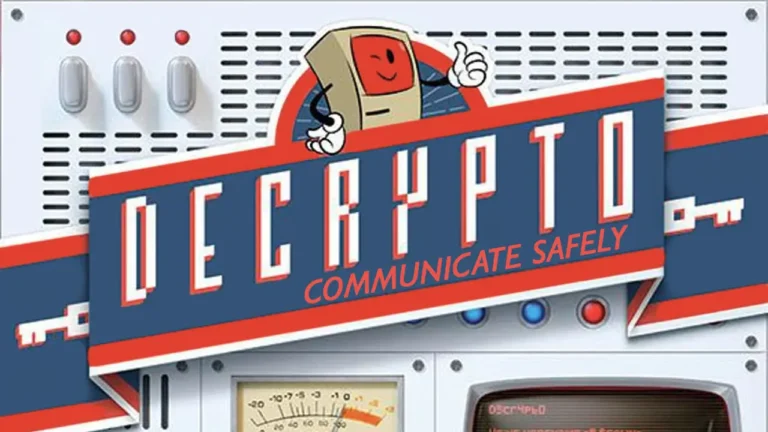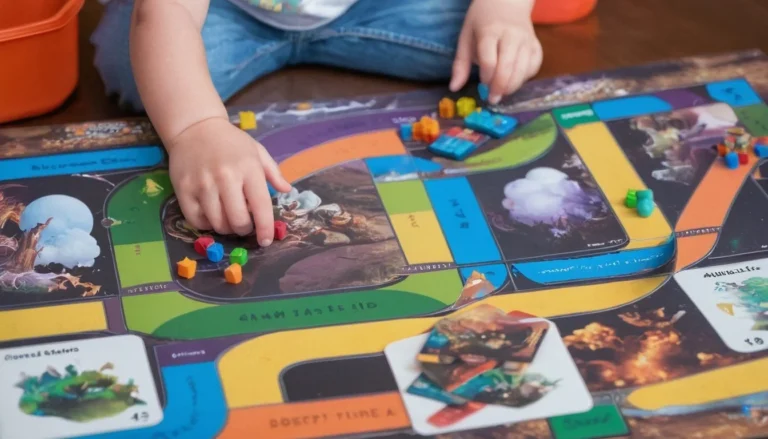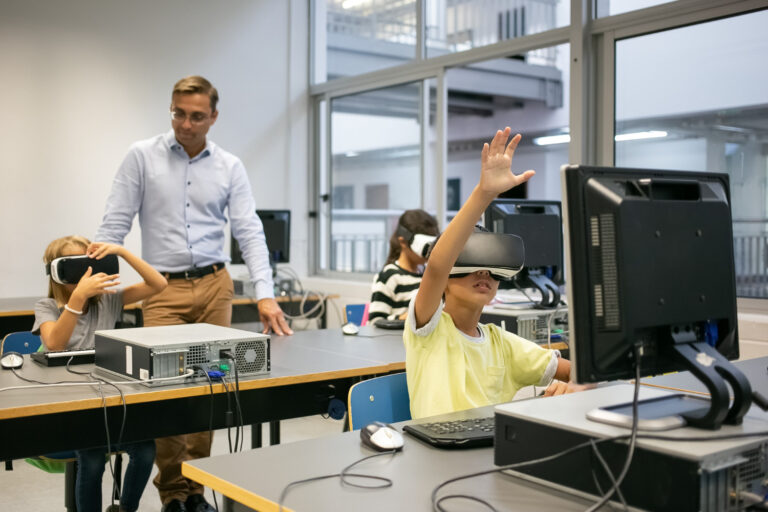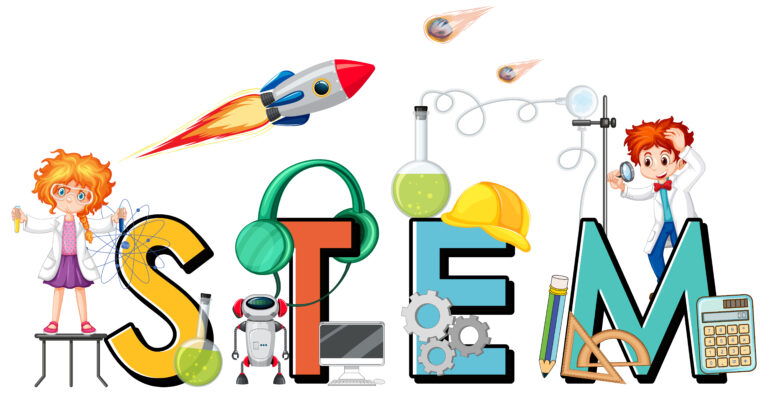The arrival of Virtual Reality technology has released a transformative wave across various industries, and one of the most notable arenas witnessing this revolution is STEM education. In the latest generation of STEM games, Virtual Reality is not merely a technological addition; it is a catalyst reshaping the landscape of learning and engagement. By immersing users in interactive and dynamic virtual environments, VR has breathed new life into the teaching and learning of STEM disciplines. This introduction explores the profound impact of VR in the latest STEM games, uncovering how this technology is redefining educational paradigms and empowering learners with unprecedented experiences.
From immersive simulations to collaborative problem-solving, VR is unlocking the doors to a new era of experiential and accessible STEM education, transcending the boundaries of traditional learning methods. As we delve into the implications of this Virtual Reality revolution, we will unravel how STEM games are fostering a deeper understanding, sparking curiosity, and preparing the next generation for the challenges and opportunities of the ever-evolving technological landscape. Virtual Reality has changed the game by providing an immersive experience that angers students’ curiosity, improves their comprehension, and empowers them to become active learners.
Brief Overview of Virtual Reality
Virtual Reality is a computer-generated simulation or recreation of a three-dimensional environment that users can interact with using specialized hardware. The primary objective of VR is to provide a highly immersive and realistic experience, often simulating a different reality or environment. Key components and concepts associated with virtual reality include:

- Immersive environment: One way VR is transforming STEM education is by providing students with immersive experiences that take them to new worlds both real and imagined. Students can travel to far-off planets, visit the bottom of the ocean, or even go back in time to historical events thanks to the power of VR. Virtual reality simulations allow students experiential learning and real-world application of principles. These simulations allow students to practice critical thinking and problem-solving.
- Interactive environment: One major benefit of VR is its capacity to provide realistic simulations and scenarios that let students use their knowledge in practical settings. These dynamic and immersive settings enhance students’ problem-solving abilities and foster collaboration among them, in addition to stimulating their curiosity. Users interact with the virtual world through input devices such as motion controllers, gloves, or other specialized tools. These devices enable users to manipulate objects and navigate within the virtual environment.
- Augmented Reality (AR): While VR immerses users in a completely virtual environment, AR overlays digital information onto the real world. Both VR and AR contribute to the broader spectrum of immersive technologies.
Virtual Reality in STEM Games
Virtual reality has found numerous applications in the field of STEM education and gaming. VR offers immersive and interactive experiences that can enhance learning and engagement in STEM subjects. Here are some ways VR is being used in STEM games:
- Simulations and Modeling: VR can provide realistic simulations and modeling environments for subjects like physics, engineering, and biology. Students can explore complex concepts by manipulating virtual objects or observing dynamic processes in three dimensions.
- Problem-Solving Games: STEM-focused VR games often include problem-solving scenarios where students use critical thinking and analytical skills to solve challenges. These games can cover a range of STEM topics, encouraging active learning.
- Virtual Laboratories: VR allows students to conduct experiments and interact with virtual lab equipment in a safe and controlled environment. This can be particularly useful for subjects like chemistry and physics, where hands-on experiments may be challenging or expensive.
Evolution of Virtual Reality in Gaming
The evolution of virtual reality in gaming has been a fascinating journey, marked by significant advancements in technology and a growing interest in immersive experience. The history of virtual reality in games goes back several decades. Starting with simple devices created in the 90s, VR has come a long way. In the beginning of its development, VR was limited by technical indicators such as limited resolution and the feeling of being disconnected from the real world.
Improvements in display technology, graphics processing units and motion tracking systems significantly enhanced the VR experience. The evolution of VR in gaming is a dynamic process, driven by technological innovation, consumer demand, and the creative exploration of new possibilities in the realm of virtual experiences.
Impact on Education and Skill Development
Education and skill development are critical components of individual and societal growth. Various factors can impact these areas, and here are some key considerations:

- Technological Advancements: Positive Impact: Technology has revolutionized education, making information more accessible. Online courses, interactive learning platforms, and virtual reality tools enhance the learning experience.
- Negative Impact: The rapid pace of technological change may create a skills gap, where traditional education struggles to keep up with the demand for new skills in emerging fields.
- Globalization: Positive Impact: Globalization exposes individuals to diverse perspectives and ideas, fostering a more comprehensive understanding of the world. It also increases access to international educational resources.
- Negative Impact: Global competition can create pressure on educational systems to adapt quickly, potentially leaving some individuals behind.
Conclusion
In conclusion, VR gaming offers a unique and exciting experience that traditional gaming cannot match. From the immersive Experience to the potential health benefits and the social interactions, VR gaming has much to offer. The Virtual Reality revolution has ushered in a transformative era for STEM education through its profound impact on the latest STEM games. The integration of VR technology has redefined the learning experience, offering a range of benefits that extend beyond traditional educational methods.
The immersive nature of VR allows students to step into virtual worlds where they can explore, manipulate, and interact with STEM concepts in ways that were previously unimaginable. This immersive learning experience enhances engagement and retention, making complex STEM topics more accessible and enjoyable.






